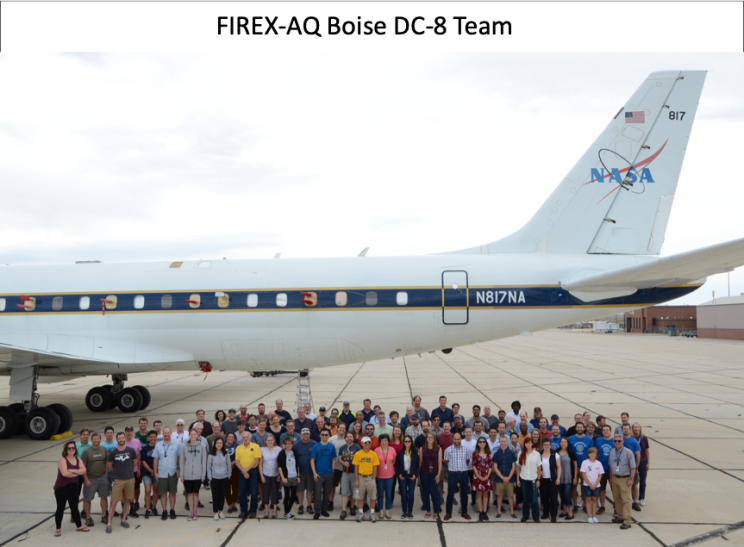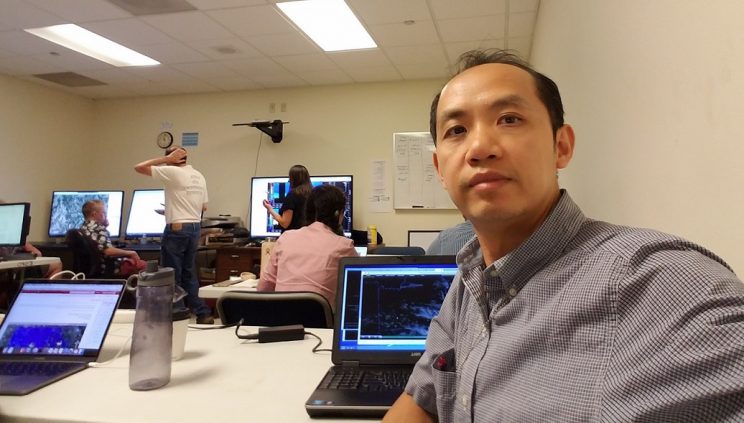ARL Weekly News – July 26, 2019
ASMD
ARL scientists started their modeling support for the FIREX-AQ field experiment, a joint venture led by NOAA and NASA. Dr. Tang attended its phase I deployment in Boise, ID to provide on-site forecast support. ARL’s Community Multiscale Air Quality Modeling System (CMAQ) model, primarily used in National Air Quality Forecasting Capability operations, serves as an essential part of the campaign managers’ decision-making suite to determine deployment of equipment resources. ARL’s HYSPLIT dispersion model is also used to support this campaign run by a team from Florida State University. Additionally, ARL scientists will make post-flight analyses, help interpret measurement results, and utilize resulting field emissions data to improve the CMAQ model.
ATDD
Rick Saylor and Daniel Tong are co-authors on a paper just published in Science of the Total Environment entitled, “Toward the improvement of total nitrogen deposition budgets in the United States”. The deposition of reactive nitrogen compounds (NOx, NOy, NHx, etc.) to terrestrial and aquatic ecosystems may have harmful effects on the environment including soil and lake acidification, changes in biodiversity, drinking water contamination, and reduced ecosystem resilience. The article summarizes the state of the science of reactive nitrogen deposition budgets in the U.S. and recommends areas where research is needed to improve deposition measurements and modeling and reduce uncertainties in components of budget estimates.



